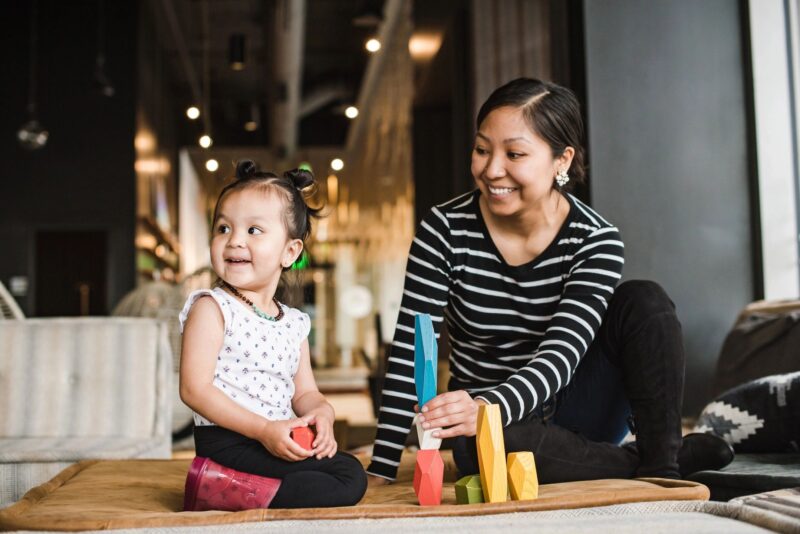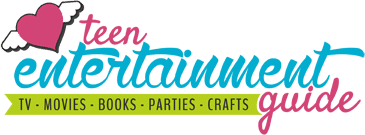Chemicals are all around us. They’re in the food we eat, the water we drink, and the air we breathe. While some chemicals are necessary for our health, others can be harmful, especially to babies and young children. In this blog post, we will discuss how to protect your baby from toxic chemicals and pollutants. We’ll go over some of the most common sources of these toxins and provide tips on how to reduce your child’s exposure. Read on to learn more!

Know The Sources Of Toxic Chemicals
Knowing the common sources of toxic chemicals and what substances to watch out for will help you keep your baby safe.
Fire retardants are commonly found in furniture, carpeting, and other household items. They’re used to prevent fires, but they can also be harmful to our health. PBDEs (polybrominated diphenyl ethers), one type of fire retardant, have been linked to neurodevelopmental delays, decreased fertility, and thyroid problems.
VOCs (volatile organic compounds) are chemicals that evaporate easily at room temperature. They’re found in many household products, including cleaners, air fresheners, and cosmetics. Some VOCs can cause eye irritation, headaches, and nausea.
Phthalates are another type of chemical to watch out for. They’re often used to make plastics more flexible, but they can be harmful to our health. Phthalates have been linked to reproductive problems, asthma, and ADHD.
Heavy metals, such as lead and mercury, are also a concern. They can be found in some toys, cosmetics, and jewelry. Exposure to heavy metals can cause brain damage, learning disabilities, and other health problems.
Finally, chlorine and dioxins are two pollutants that can be found in water and food. Chlorine is used to disinfect water, but it can also be harmful to our health. Dioxins are byproducts of manufacturing and incineration. They’re toxic and can cause reproductive problems and cancer.
The health problems listed above are worst-case scenarios and are only likely after prolonged exposure to high levels of these substances. However, regular exposure to these toxic chemicals can still harm your baby’s health, so it’s important that you take steps to keep them safe.
Choose A Safe Mattress
One way to reduce your child’s exposure to harmful chemicals is by choosing a safe mattress. When it comes to what to consider when buying a crib mattress, toxicity is one of the first things to look at. Many mattresses release VOCs into the air but there are organic and natural mattresses on the market that are free of harmful substances. When looking for a crib mattress, avoid anything that is made with polyurethane, vinyl, or flame retardant chemicals. You should also check whether the mattress is Greenguard Gold Certified because this indicates that it has been tested for toxic chemicals and signed off as safe.
Pick Non-Toxic Toys
Another way to reduce your child’s exposure to harmful chemicals is by choosing non-toxic toys. Toys are a common source of phthalates and other harmful substances and if your baby is in close contact with them, they are breathing those chemicals in. This is particularly dangerous with teething toys that are designed to go in their mouth.
So, try to avoid any plastic toys and go for wood or silicone instead, as these are much safer. Be careful with bath books too because they are coated with plastics to protect them from the water, and these plastics release toxins, especially when they get wet.
Limit Use Of Baby Care Products
Another way to reduce your child’s exposure to harmful chemicals is by limiting the use of baby care products. Many conventional baby care products, such as shampoos, lotions, and diaper creams, contain harmful ingredients like phthalates, parabens, sulfates, and synthetic fragrances.
These ingredients can be absorbed through the skin and can cause health problems like allergies, asthma, and skin irritation. So, try to use natural baby care products instead, which are free of harmful chemicals. You can find these products at most health food stores or online.
However, even though using baby products is beneficial sometimes, you should still try to limit it as much as possible. Regardless of what products you use, only use them when it is necessary so you can reduce exposure to chemicals of all kinds.
Pick Products Without A Fragrance
If you do have to use a baby care product, try to pick one without a fragrance. Many conventional baby products contain synthetic fragrances, which can be irritating and harmful to our health. Other fragrances, like candles or air fresheners are harmful too. Fragrance chemicals can also trigger asthma attacks and other allergic reactions. The thing is, the fragrance is not necessary to get the benefit of the product itself.
So, try to find products that are fragrance-free. People are more aware of the dangers of potentially harmful chemicals, so you have more options than ever for fragrance-free baby products.
Keep Your Home Clean
The final way to reduce your child’s exposure to harmful chemicals is by keeping your home clean. Many of the toxic chemicals that we come into contact with on a daily basis are found in our homes.
They can be released from furniture, carpets, cleaning products, and air fresheners. So, it’s important to keep your home clean and free of these harmful chemicals.
One way to do this is by using natural cleaning products, which are safer for both you and your child. You can also reduce your exposure to harmful chemicals by opening the windows and letting in fresh air regularly. This will help to clear out any toxins that may have built up in your home.
Think about what you are bringing in from the outside too. Your shoes, for example, pick up a lot of dirt and pollutants when you are walking around. So, try to give them a good clean before coming inside and always take them off at the door.
It is important to take steps to protect your baby from harmful chemicals. There are many sources of pollutants and chemicals and they could impact your baby’s health and development, so you must take steps to reduce contact as much as possible. Making the simple changes on this list will help you make sure that your baby is healthy.
